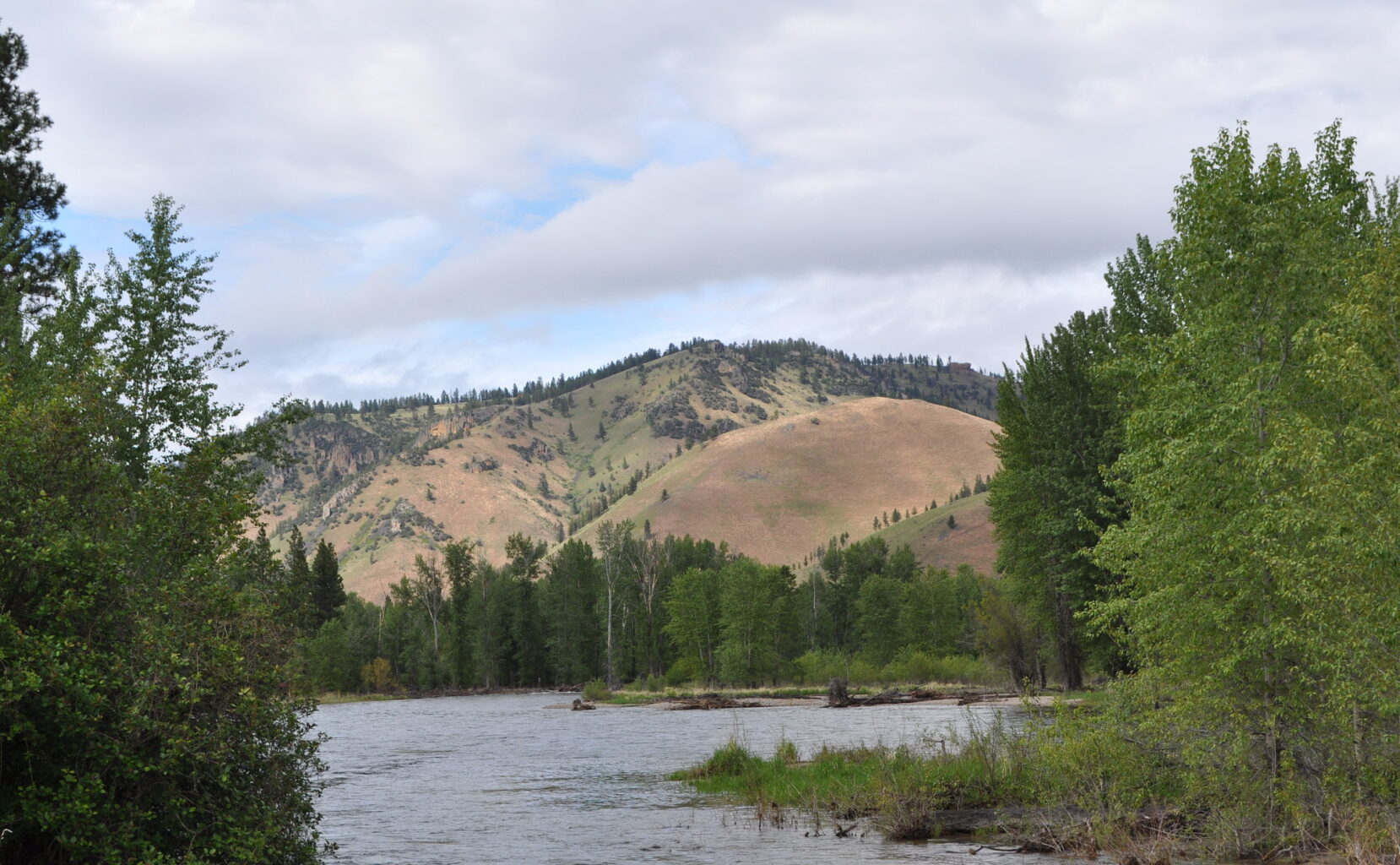Current work in wildlife, rivers, public lands, and climate
Press Releases
Mining exploration plans in Montana’s Bitterroot National Forest remain undisclosed to the public
Canadian-owned mining company U.S. Critical Materials holds 7 square miles of mining claims along the Sheep Creek and Johnson Creek drainages into the headwaters of the Bitterroot River, known for its scenic beauty, recreational opportunities and rich biodiversity. The company has said it would begin exploratory work this summer at 10 sites at its proposed Sheep Creek Mine, including constructing new roads, building drill pads and drilling 700-foot holes.
“The Sheep Creek Mine threatens a crucial waterway in the Bitterroot Valley and would be a disaster for the clean water and world-class trout habitat the valley’s economy depends on,” said Adam Rissien, rewilding manager with WildEarth Guardians. “We’ll fight to save the irreplaceable Bitterroot River from the damage and destruction that will undoubtedly result if the Sheep Creek Mine proceeds.”
In today’s letter to the Forest Service, the groups say that despite plans to begin work in the coming months, U.S. Critical Materials has not submitted a required plan of operation to the Forest Service, raising concerns over transparency and public participation. The Forest Service has ignored the groups’ requests for information about the project, making it difficult to determine the timelines for exploration and mining.
“The Forest Service needs to take a hard look at the irreversible damage mining near the headwaters of the Bitterroot River could do to this fragile ecosystem and the plants and animals that depend on it,” Kristine Akland, Northern Rockies director for the Center for Biological Diversity. “This is not a place to put a mine and we’ll do everything we can to block bulldozers from destroying this beautiful biodiversity hotspot.”
“Just the thought of an industrial scale mine on the Bitterroot River horrifies most Bitterrooters,” said Larry Campbell, conservation director for Friends of the Bitterroot and a retired exploration geologist. “A worse location would be hard to find. The Bitterroot fishing and irrigated agriculture economies are hugely important, sustainable, locally owned and dispersed across many local beneficiaries, unlike the proposed Canadian-owned Sheep Creek mine. The company would take the profits and leave us with economic and environmental losses. Now is the time to begin the long-haul battle to save the Bitterroot.”
In their letter, the groups say mining in the area could violate federal laws protecting wildlife, water, public lands and public participation, including the Endangered Species Act and the National Environmental Policy Act. The letter also notes the potential harms from the project to wildlife, wilderness areas and recreation, and the economic blow to the local community.

Bitterroot River near Darby, MT. US Forest Service photo, by Roger Peterson
###